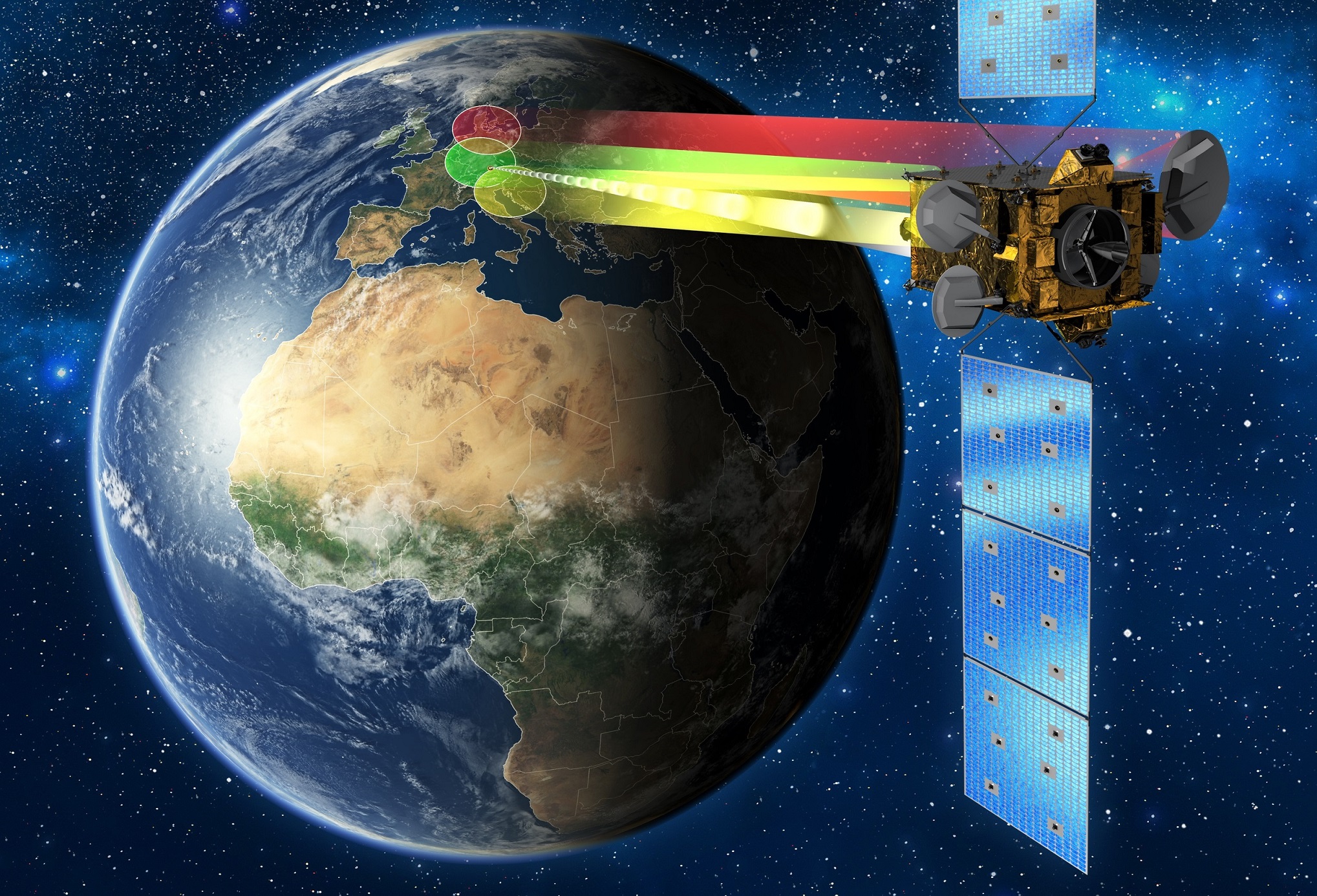With the Heinrich Hertz mission, a special German communications satellite was launched for the first time to research and test new technologies and communications scenarios. The mission thus contributes to the information society in Germany. The Heinrich Hertz mission is led by the German Space Agency at the German Aerospace Center (DLR) in Bonn on behalf of the Federal Ministry for Economic Affairs and Climate Protection and with the participation of the Federal Ministry of Defence. After the satellite begins its service in space, it will remain in geostationary orbit at an altitude of about 36,000 kilometers for about 15 years. One of the goals of the Heinrich Hertz mission is to test new satellite communications technologies to see how they are suitable for space.
Position sensors from GINA
The satellite is based on OHB’s SmallGEO platform. Using the ASTRO APS stellar sensor, a proven and successful product from Jena-Optronik in Thuringia determines the position of the satellite. After their maiden flight aboard the European communications satellite Alphasat in 2013, more than 450 of these sensors have been sold to international customers. Bremen satellite company OHB has a long-standing partnership with Jena-Optronik. The sensor is also on board the EDRS-C and Electra satellites built by OHB.
The Jena-based company is proud to be able to contribute to the success of the mission. “The enthusiasm for using our sensors in various space missions motivates us again and again,” says team leader Sabine Ludwig. So far she has worked as a star sensing project manager for all projects with OHB.

“Certified tv guru. Reader. Professional writer. Avid introvert. Extreme pop culture buff.”







More Stories
Samsung Quantum Dot TV: Art meets technology
Pitch: €56m for energy startup Reverion
Plastoplan: Plastics for Energy Transition